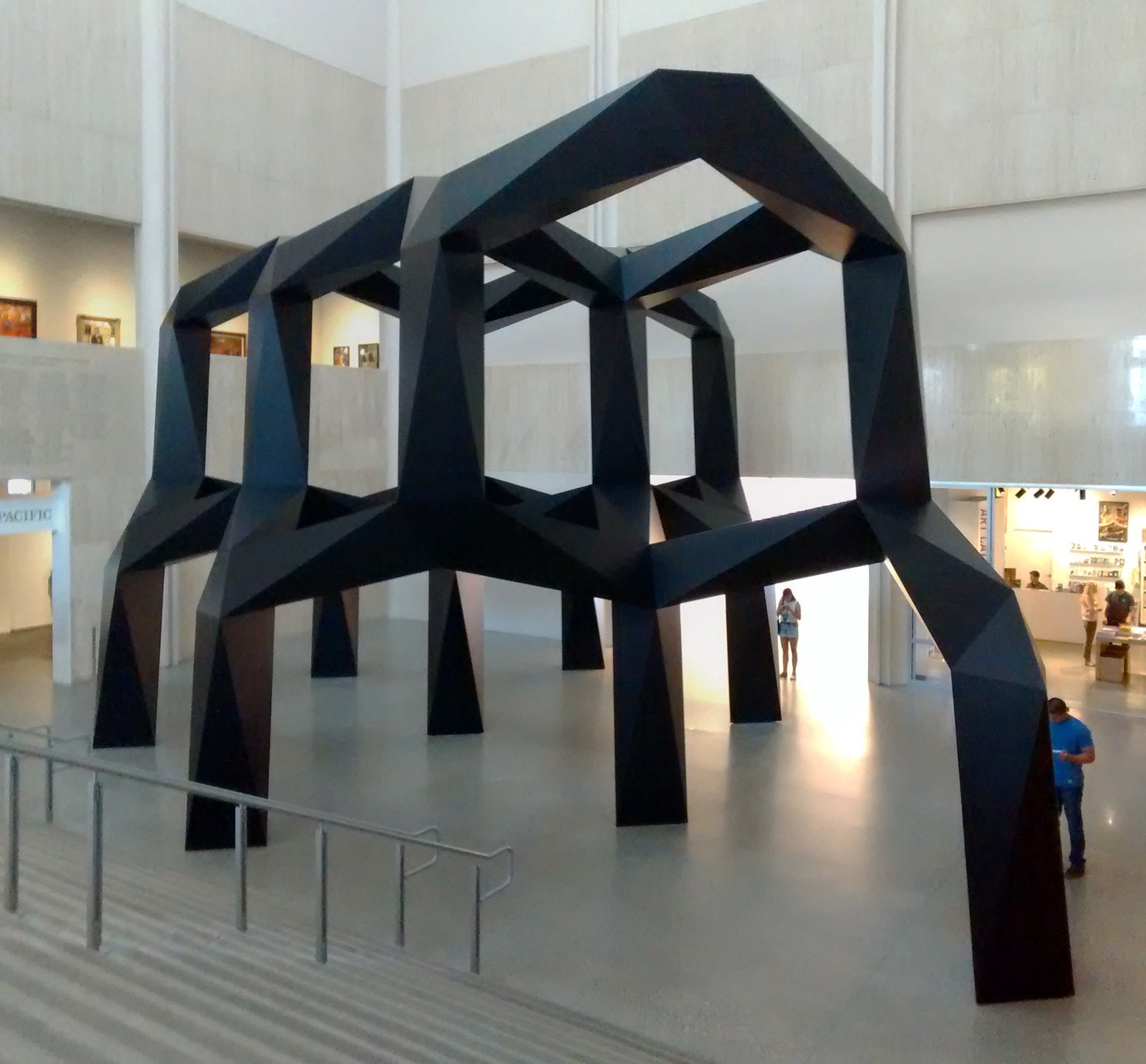
February 25, 2020; Los Angeles Times
Major donors can be capricious. What they expect from nonprofits in return for their largesse can vary from humble to outlandish. In the latest and largest example of donor relations gone sour, the Ahmanson Foundation has ended its giving program with the Los Angeles County Museum of Art.
Ahmanson, historically the museum’s biggest donor, is “in the DNA” of the museum, popularly known as LACMA, according to a curator who worked there for 25 years. Over the years it has paid for 114 paintings and 15 sculptures, on top of works donated from the estate of the foundation’s founder in 1972. One writer estimates the gifts to be worth at least $130 million. LACMA’s relationship with Ahmanson is nearly half a century old and has been foundational to the growth of LACMA’s 130,000-piece permanent collection.
But museum director Michael Govan’s radical plan to reinvent and rebuild the museum, and his apparent lack of transparency in the development process, proved too much. Govan’s plan has created great controversy in Los Angeles’ cultural scene; at least two nonprofits have been founded to “save LACMA.”
Pulitzer-winning critic Joseph Giovannini published a lengthy critique of Govan’s plan in the Los Angeles Review of Books, cheekily titled “LACMA: Suicide by Architecture.” He details concerns the Ahmanson Foundation seems to share. Major arguments against the plan seem to be its cost ($650 million) and the loss of gallery space that would result from replacing four buildings with one. (Creating a unified facility would decrease total building size from 393,000 to 347,500 square feet, a 11.6 percent reduction; the museum has said it will also support exhibits in “satellite” buildings to make more of its works available for resident viewing). According to Giovannini, about 1,500 fewer works can be displayed in the new space. Of the four buildings scheduled to be knocked down, one bears the Ahmanson name.
Not only that, but Govan plans to further reduce the display of permanent collections by replacing Old Masters galleries with rotating exhibitions curated with different plans and themes. A similar decision was, although not without controversy, widely lauded when the Museum of Modern Art (MoMA) in New York did so after its renovations last year, but Govan’s effort has gotten a frostier reception.
Sign up for our free newsletters
Subscribe to NPQ's newsletters to have our top stories delivered directly to your inbox.
By signing up, you agree to our privacy policy and terms of use, and to receive messages from NPQ and our partners.
As foundation president William Ahmanson told the Los Angeles Times, “We’ve been unable to get a commitment from Michael Govan about presenting the collection as it has been throughout the life of the museum.”
Ahmanson says they had a pledge from Govan in 2006 that the new museum would still be able to display all the works the foundation had bought. Now, without a realistic expectation that this will occur, the foundation does not wish to buy more. Ahmanson said the relationship began to fray in 2018 when Govan suggested the foundation shift its focus from European Old Masters to buying more Latin American art.
That shift in focus is actually a major element of Govan’s directorship, and one that has drawn both admiration and ire. Giovannini wrote that Govan is a “positive and transformative” leader who “dusted off the musty museum,” and curated “buzzy, unusual, and intelligent” shows, added 27,000 works to the collection, and arranged a partnership with a Shanghai museum. NPQ has repeatedly discussed museums’ efforts to reinvent themselves from fusty, repetitive encyclopedias of European art history into community-oriented, vibrant, engaging cultural spaces. LACMA is three hours from the Mexican border, and nearly half of L.A. County’s residents identify as Latinx; it’s entirely reasonable that the museum’s collection should reflect Latin American art traditions.
What that means for the Ahmanson Foundation is unclear. Even if Govan’s stewardship of the museum is headed in the right direction, it seems this particular plan for the new building has not been stewarded as well as it could have been. MoMA moved much more cautiously in its remodel, making sure that even as it moves to rotating the works in its collection that 15-20 key works remain on a permanent display. By contrast, Giovannini details a concerning lack of transparency about LACMA’s process—apparently, ten years in, floor plans are still not available. Ahmanson is still looking for clarity on a 14-year-old pledge. Govan is also facing criticism from Architect Magazine, which labeled the remodel design ugly and illogical and said, “What was previously just a bad design…now promises to become even more of a white elephant that will likely cost over a billion dollars.”
The war for LACMA rages on, even amongst its major donors: Brad Pitt gave money for the new design, while several major media outlets have supported campaigns against it. Govan has not indicated how LACMA will replace Ahmanson’s support; the statement he offered seemed to imply a continued relationship. We will be watching how this plays out.—Erin Rubin













